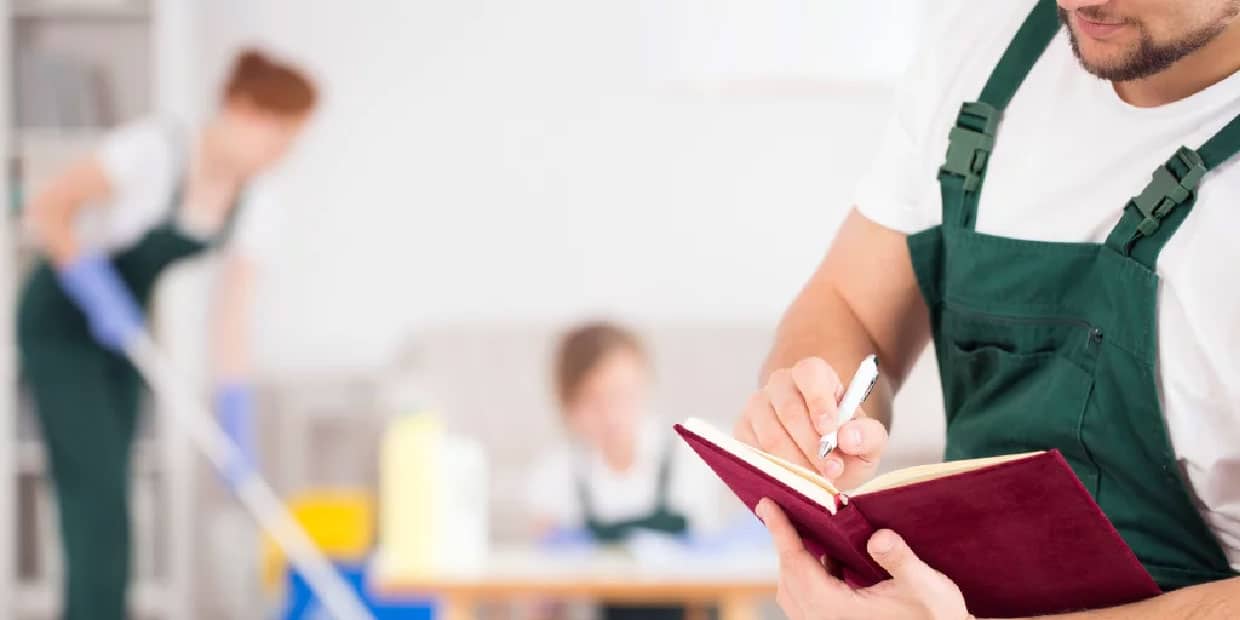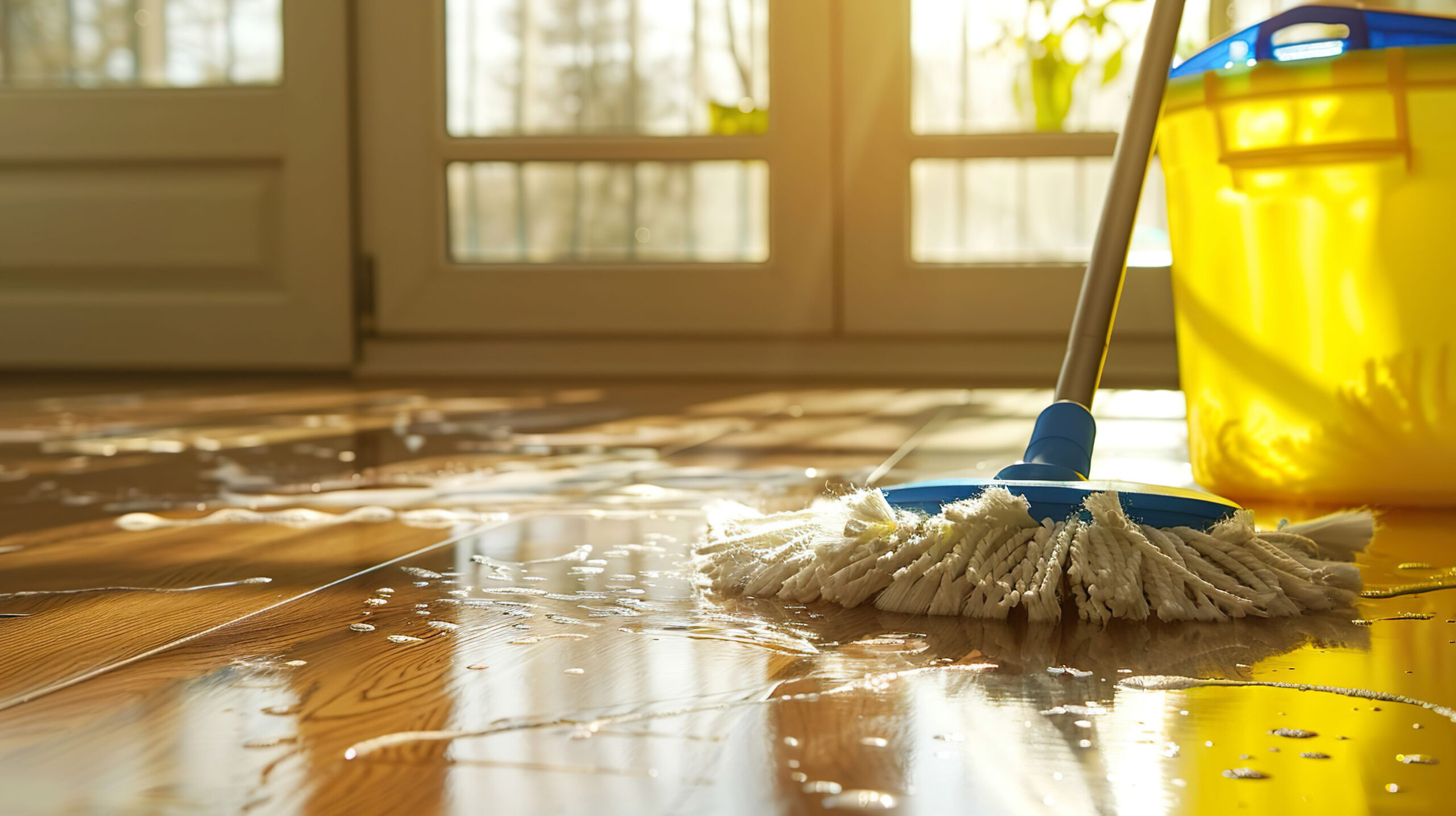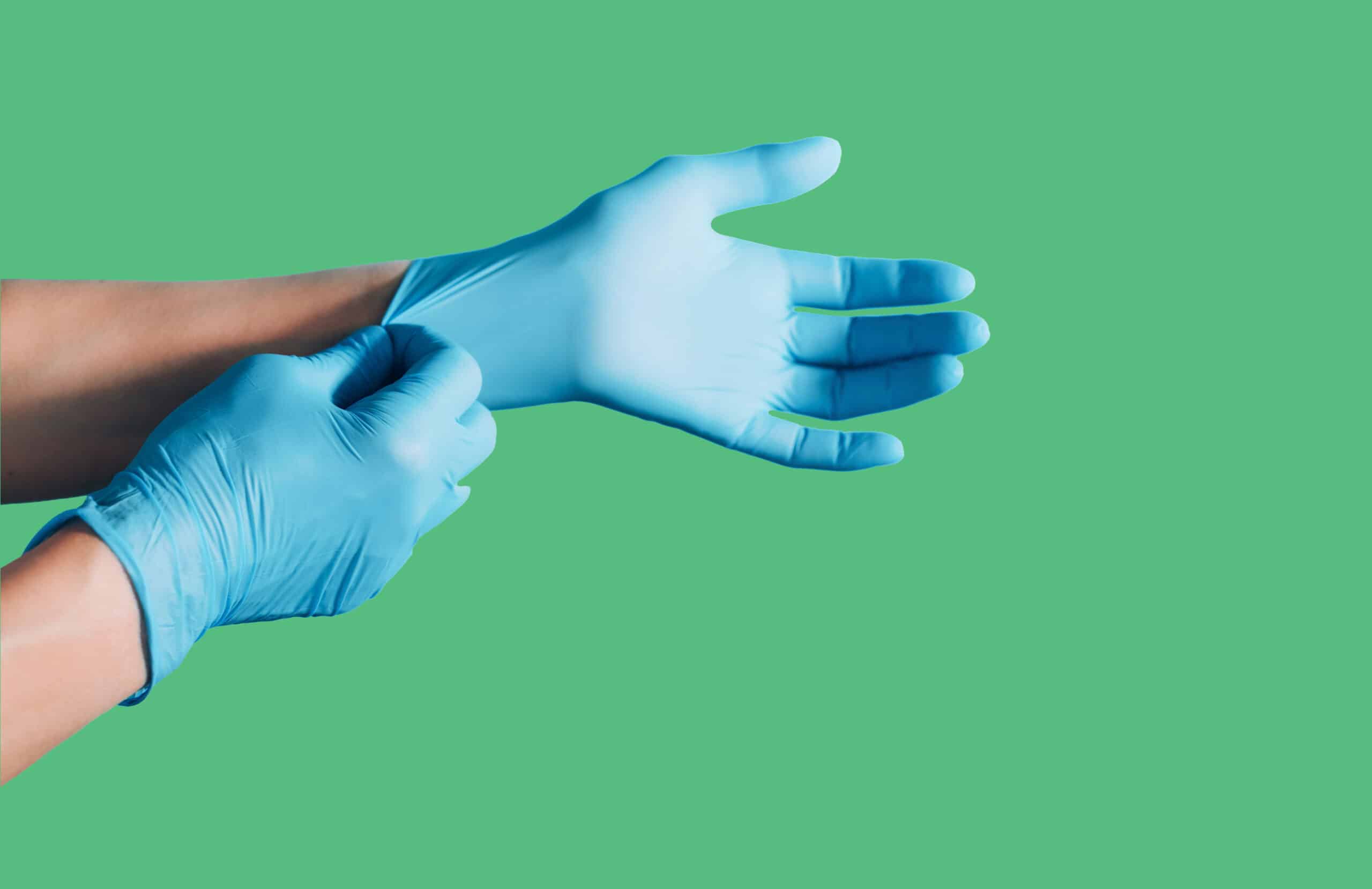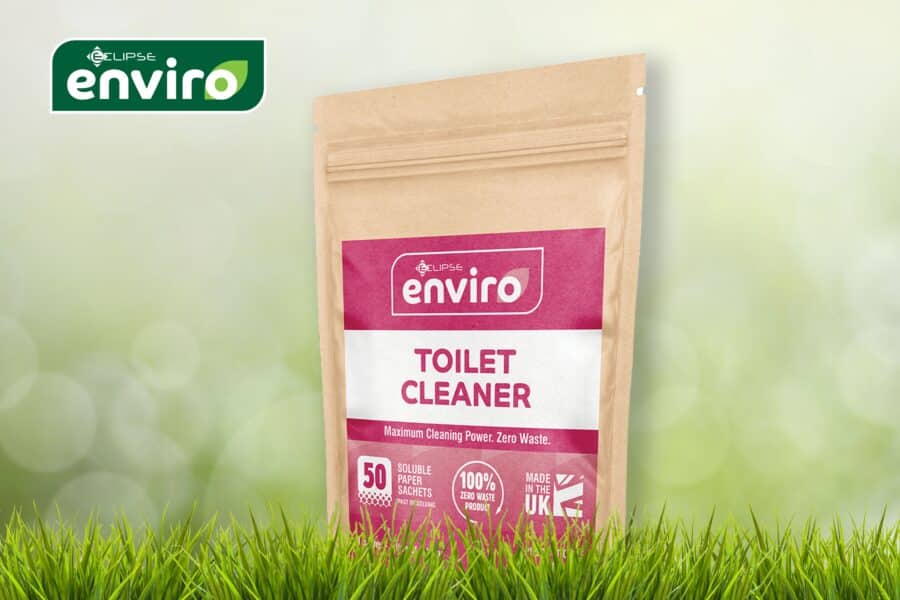Cleaning audits are a regular and necessary part of life in any care home. Whether it’s an internal check, a local authority visit, or a full CQC inspection, being prepared can prevent stress—and ensure high standards for your residents.
This guide covers how to prepare your environment, your team, and your documentation. With the right systems in place, your next cleaning audit will be a smooth, confident process—not a last-minute scramble.
Why Cleaning Audits Matter
Audits are designed to protect residents by ensuring that cleaning and hygiene processes are consistent, thorough, and compliant. Poor results in this area can have serious consequences:
-
Reduced CQC ratings
-
Mandatory improvements
-
Damage to your home’s reputation
-
Risk to resident safety
However, with clear planning and daily good practice, audits can become just another routine check that validates your efforts—not a crisis moment.
How to Prepare for a Cleaning Audit in Your Care Home
1. Review Your Cleaning Schedules and Records
Start by making sure your existing cleaning schedules are:
-
Up to date
-
Room-specific
-
Signed off by staff daily or weekly
-
Stored in an accessible place
Auditors often request to see records of completed tasks. If your home doesn’t already use printed checklists or logs, now’s the time to start. Able’s cleaning and hygiene hub has resources to help standardise this.
2. Conduct a Pre-Audit Walkthrough
Before any audit, walk the building with fresh eyes. Look for:
-
Overflowing or unlabelled bins
-
Dirty skirting boards or high-touch surfaces
-
Cleaning products left out or incorrectly stored
-
Damaged signage or incomplete COSHH posters
Involve your senior care or housekeeping staff in this process to make it collaborative. It also helps prepare them for auditor-style questioning.
3. Organise COSHH and Product Information
Every cleaning product in use should be documented:
-
COSHH safety sheets must be available and up to date
-
Products must be labelled clearly
-
All chemicals should be stored securely and safely
-
Colour-coding systems must be explained and followed
Your team should also be able to describe how they dilute or use specific products. If they’re unsure, this is a good time to refresh training or replace confusing labelling.
If you need product support, contact us directly and we’ll help ensure you’re using the right solutions for your care setting.
4. Train Staff to Answer Audit Questions
Auditors will often speak with team members. Train your staff to confidently explain:
-
The correct cleaning routine for resident rooms and bathrooms
-
How to use PPE for cleaning tasks
-
What products they use and why
-
Where they find COSHH information or SDS sheets
Simple roleplay exercises during team meetings can make a big difference. Confidence and clarity go a long way when inspectors are listening.
5. Prepare Your Cleaning Equipment
Inspect your equipment:
-
Are mop heads clean and colour-coded?
-
Are buckets and carts labelled and stored neatly?
-
Do your vacuum cleaners and floor scrubbers work properly?
Tidy, maintained equipment sends a strong signal that your home prioritises hygiene.
If you find gaps in your supply, visit our Cleaning & Hygiene page for professional-grade tools and systems built for care homes.
6. Include Laundry and Waste Management Checks
Cleaning audits often extend to laundry and waste disposal. Prepare by checking:
-
Are clinical waste bins correctly located and labelled?
-
Is dirty linen handled separately and processed safely?
-
Are laundry chemicals stored and dosed correctly?
If you’re using an auto-dosing system or sustainable laundry chemicals, keep documentation available and make sure staff can explain how they work.
Helpful External Resources for Care Home Teams
For additional guidance on what inspectors look for, the Skills for Care Cleaning and Infection Prevention Guide is an excellent non-commercial resource that aligns with CQC expectations.
Final Checks Before Inspection Day
As the audit date approaches, double-check the following:
-
All cleaning logs are completed and available
-
Team members have had a recent COSHH refresher
-
Storage areas are organised and labelled
-
There is no clutter, especially in shared spaces or resident bathrooms
It may help to assign a senior team member as an “audit lead” to coordinate last-minute checks and answer questions on the day.
Need Help Before an Audit?
If you’re unsure whether your setup is audit-ready, or you’d like support choosing compliant cleaning products, reach out to the team at Able. We help care homes across the UK prepare for inspections, upgrade their systems, and simplify their compliance.
For everyday supplies, systems, and advice, explore our cleaning and hygiene hub.
Conclusion
With a little forward planning, cleaning audit preparation in your care home doesn’t have to be stressful. By training your team, documenting your processes, and keeping your supplies organised, you can turn inspections into a moment of pride—not panic.
If you’d like a printable version of this checklist or help tailoring one to your site, just get in touch. We’re happy to help. For personalised advice, book a free hygiene consultation below.
FAQs: Cleaning Audit Preparation for Care Homes
Why are cleaning audits important for care homes?
Audits help protect residents by confirming that cleaning processes are consistent, safe, and properly documented. Poor results can lead to lower CQC ratings, compliance actions, or damage to your home’s reputation.
How can care homes prepare for a cleaning audit?
Preparation involves reviewing cleaning schedules, ensuring records are up to date, conducting a pre-audit walkthrough, training staff, and checking equipment, laundry, and waste management procedures.
What should be included in cleaning records for audits?
Records should include cleaning schedules by area, daily or weekly sign-offs, and evidence of completed tasks. Keeping these organised and accessible helps demonstrate compliance to auditors.
How should COSHH information be presented during a cleaning audit?
All cleaning products must have up-to-date COSHH safety sheets, clear labels, and proper storage. Staff should also know where to find safety data sheets and how to explain product use and dilution.
What kind of audit questions might cleaning staff be asked?
Inspectors often ask staff about cleaning routines, PPE use, product knowledge, and where they locate COSHH or SDS information. Regular training and roleplay sessions help staff answer confidently.
Does a cleaning audit include laundry and waste management?
Yes. Auditors check that dirty linen and clinical waste are handled safely, with correct labelling, storage, and disposal practices. Laundry chemicals and auto-dosing systems should also meet safety standards.
How can Able help care homes prepare for cleaning audits?
Able supports care homes with compliant cleaning products, laundry solutions, and hygiene consultations. Their cleaning and hygiene hub also offers resources to help standardise audit documentation and training.





